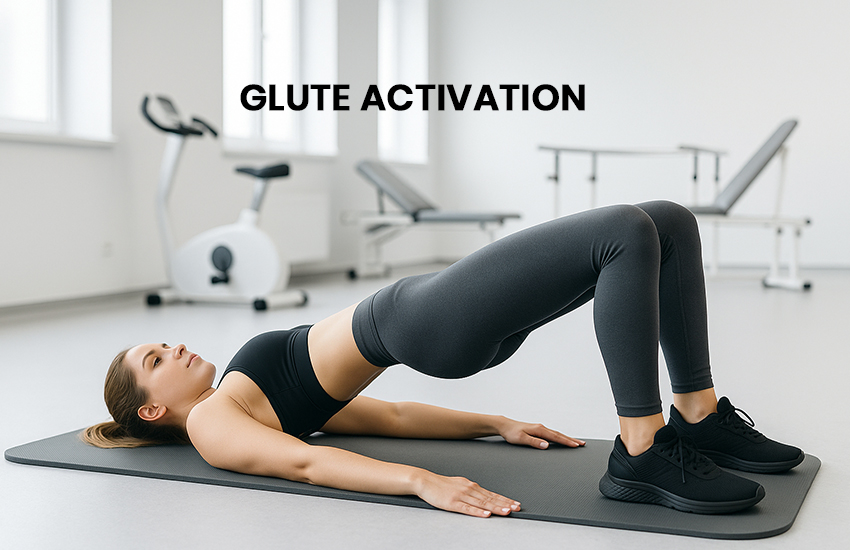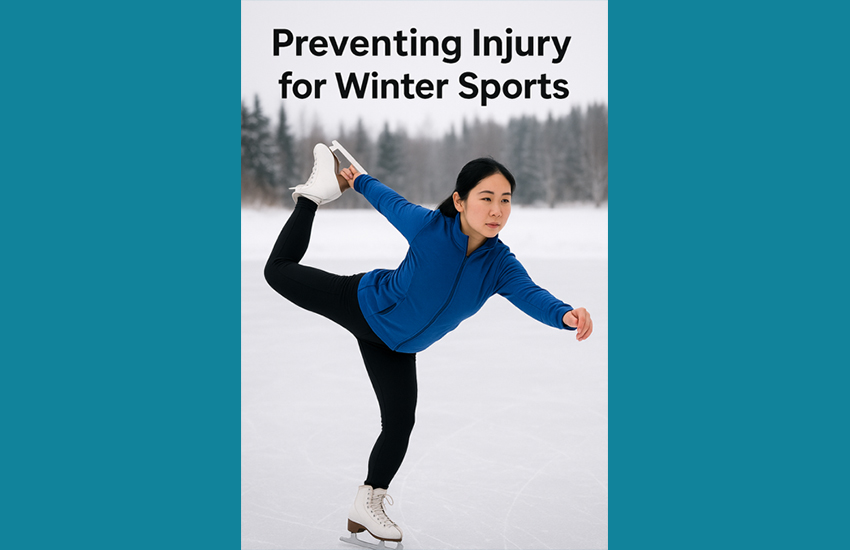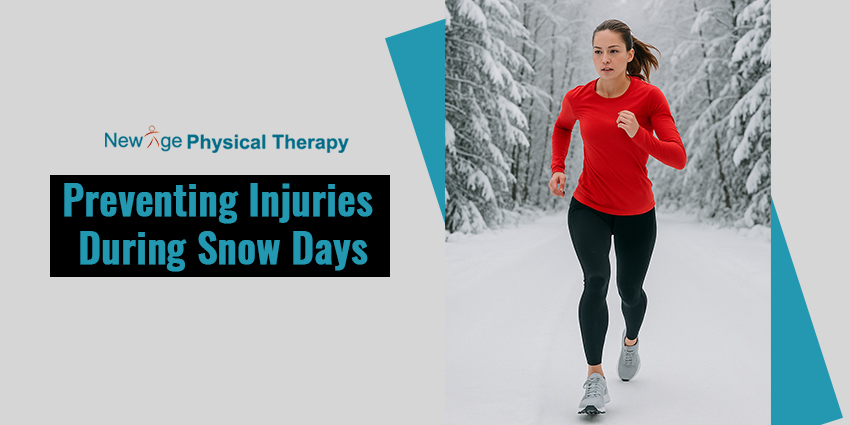Reactivate Your Glutes
Glute Amnesia is the inability to contract or activate your glutes. Having inactive glutes can lead to back, hip, and/or knee pain. One of the reasons why that it can occur is because of the lack of the right muscles in the area. There is tightness in the certain back and hip muscles, and weakness […]










